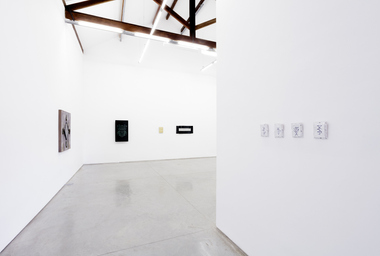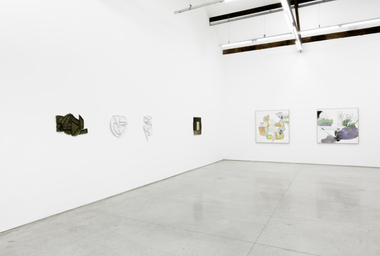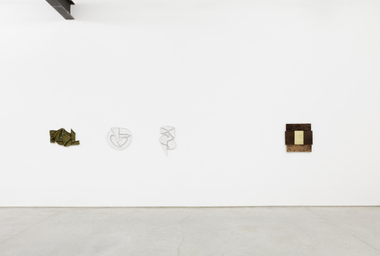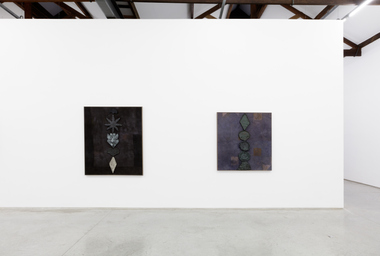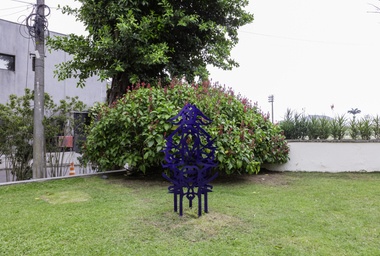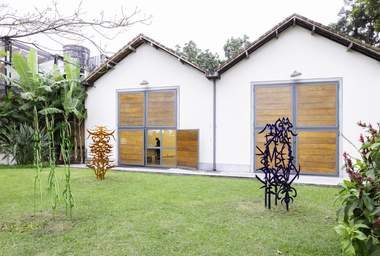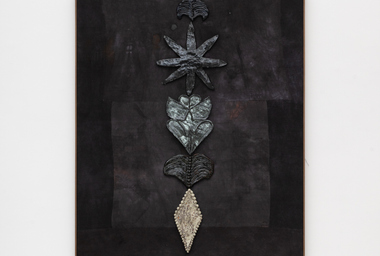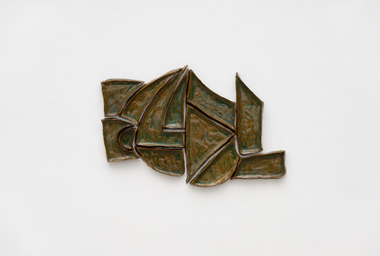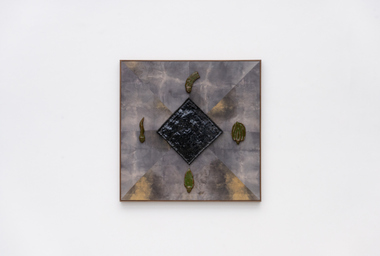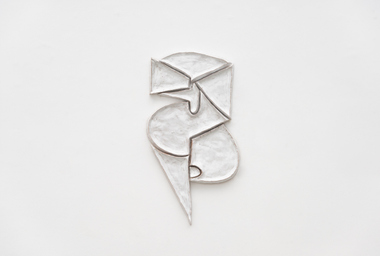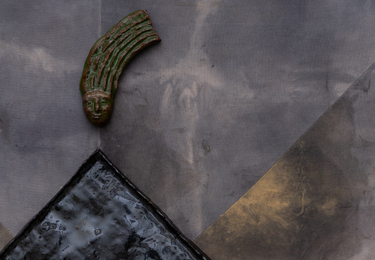
Cristiano Lenhardt
Brotocarta: natureza e artifício
Nov 8, 2025 – Jan 24, 2026
Opening
Nov 8, 3 pm–7 pm
Carpintaria
Rua Jardim Botânico 971,
Rio de Janeiro
Directions
Download
Brotocarta marks Cristiano Lenhardt’s first solo exhibition in Rio de Janeiro, bringing together new works that expand his ongoing investigations into language, perception, and visual codes. At the heart of the show is a series that shares its title with the exhibition. The logic behind the name reflects a process the artist has revisited throughout his practice, in which forest sounds and animal onomatopoeias are translated into a graphic script which are then employed as visual emblems. Formed from the words broto [sprout] and carta [letter], the title synthesizes an articulation between natural forms and mobile subjectivity. Each piece functions as transcriptions of environmental occurrences — a visual system that reimagines the relationships between human and nonhuman worlds, sound and writing, memory and invention.
The exhibition unfolds across a variety of materials and formats, reflecting Lenhardt’s multidisciplinary approach and his recent incorporation of ceramics as a key element in his formal and conceptual language. In the Desfazer Para Fazer series, ceramics appear as inlays on naturally dyed fabrics, while in Módulo Inexato (2025), they act as frames enclosing intricate aluminum collages. Puzzle-like wall reliefs titled Pastilhona further develop this interplay of texture and surface on a fired and enameled mineral support. Aluminum also appears in sculptural form, where mirrored compositions and bilateral symmetry evoke portals and totems — sites of passage that are at once physical and symbolic.
Throughout the exhibition, the motif of the portal becomes a guiding metaphor, most notably in the video-sculptures Desenho Encampado (2025), where light filters through cutout drawings on metal plates. Whether through material crossings or symbolic displacements, Lenhardt invites viewers into spaces of transition, where codes of communication expand and boundaries between disciplines dissolve. The result is a body of work that proposes new ways of sensing, reading, and imagining — situating art as a continuous passage between worlds.
